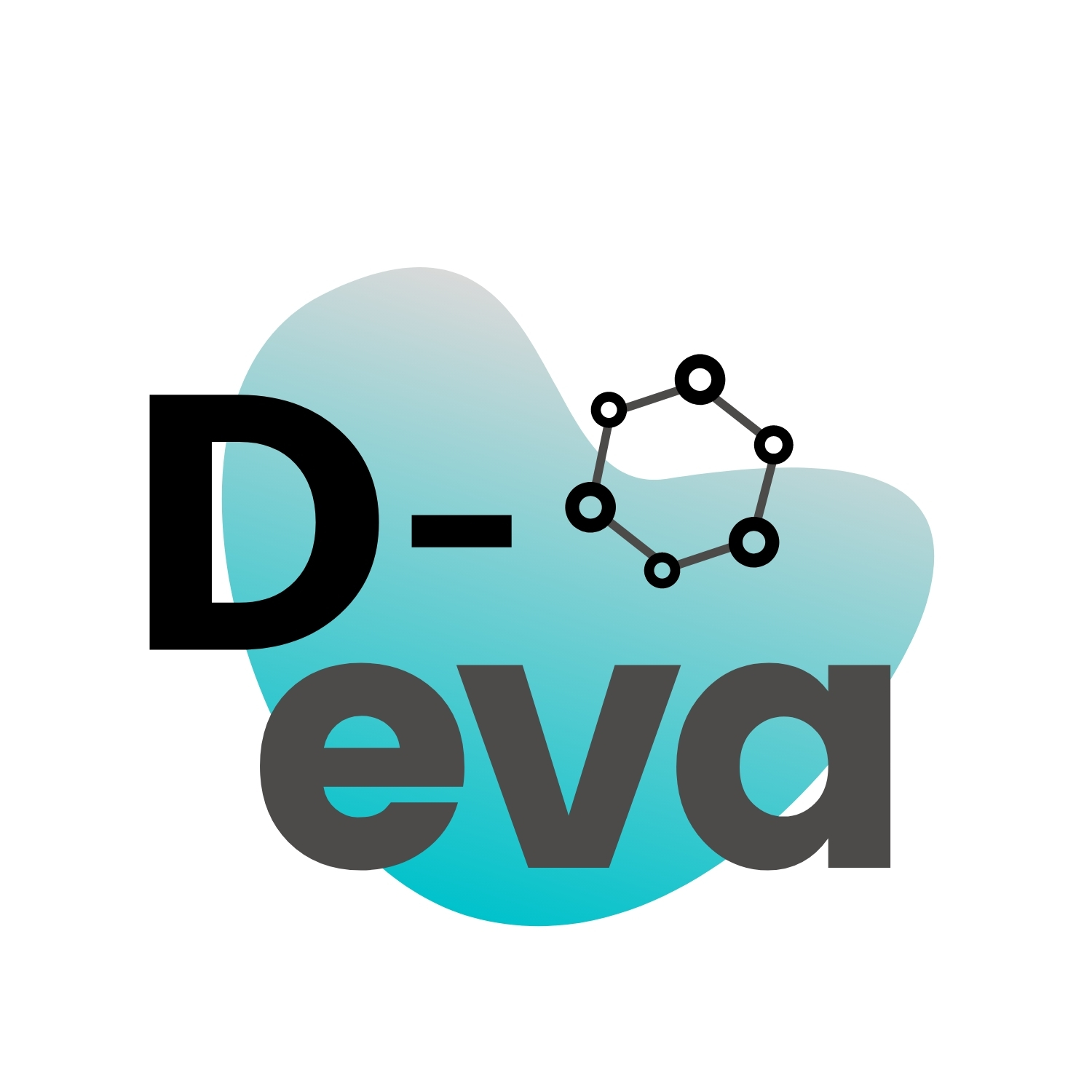
Effective Speed Reading of academic literature
by: D-Eva ProjectKeywords
Speed reading, applied research, traineeship, literature review, desktop research
Problem justification
The Digital Society School (Amsterdam University of Applied Sciences) offers a 20 week-traineeship program, which aims to support learners grow their skills and develop their full potential in innovative interactive media. Specifically, every semester, 50 diverse learners participate in this hands-on learning experience, which involves practice-based work with industry partners and applied research. The diversity of our learner population and of the tasks they have to complete leads to significant differences with respect to how learning is shaped by participating in this program. Since this is a every practice-oriented program, it relies on the on-campus interaction of the students with experts in digital transformation, the participation in hands-on workshops and collaborative projects. Every team of learners is assigned to a coach, who guides them throughout the program. Since March 2020, when the COVID-19 pandemic started, the program has been offered partially or fully online, which has created additional complexity to the learners’ experience. Quantitative and qualitative data collected from our graduates over the last two years has demonstrated that our learners struggle with the search of academic literature when conducting desk Research for their projects. Especially during the COVID-19 pandemic, with much less contact with academic experts on campus and internet as the only way to find the right Information for their projects, it is more needed that necessary to help them improve this skill. Our graduates have witnessed spending hours reading a full paper, which ends up being useless for their projects. The goal of this e-assessment activity is to enhance learners’ speed-reading skill when searching for academic literature at home for their projects.
Competences
Speed-reading
Academic readings comprehension
Using technology for skills assessment
Assessment strategies and instruments
Strategies:
Identification of the strengths of the learners
Identification of the areas for improvement
Track progress of the learners
Provision of good practice / effective speed-reading examples
Tools:
Online survey
Web-based collaborative platform
Teleconferencing tool
Assessment criteria
Quality of the summaries of the articles
are the entries summarising the main arguments?
are the summaries well-written? (grammatically correct, concise and coherent in style)?
are the summaries following the criteria (200-word long, at least 2)
Quality of the justification of the usefulness of the articles for the traineeship project
is the justification of the usefulness of the articles for the traineeship included?
is the justification well-argued (quality: high, intermediate, low)?
are the justifications following the criteria (100-word long)?
Progress in speed-reading
- Is the time spent on reading the articles becoming less? (yes, somehow, no)
Possible variation of the activity: discuss the assessment criteria among all students to make sure they share a common understanding of the quality standards
Description of the feedback
Oral feedback during the online session (synchronous)
Written feedback in the web-based collaborative platform (asynchronous)
Agents involved: learners and coach
Possible variation of the activity: include self-assessment and peer-assessment at some point
Type of digital tools
SharePoint, Jotform, Zoom
Levels of potential digital transformation
Accessible and available: developed lots of times, easy and known
Example of a case
References
Practical guide on how to read faster:
https://www.lifehack.org/articles/productivity/10-ways-increase-your-reading-speed.html
Rayner, Schotter, E. R., Masson, M. E. J., Potter, M. C., & Treiman, R. (2016). So Much to Read, So Little Time: How Do We Read, and Can Speed Reading Help? Psychological Science in the Public Interest, 17(1), 4–34. https://doi.org/10.1177/1529100615623267
No comments yet